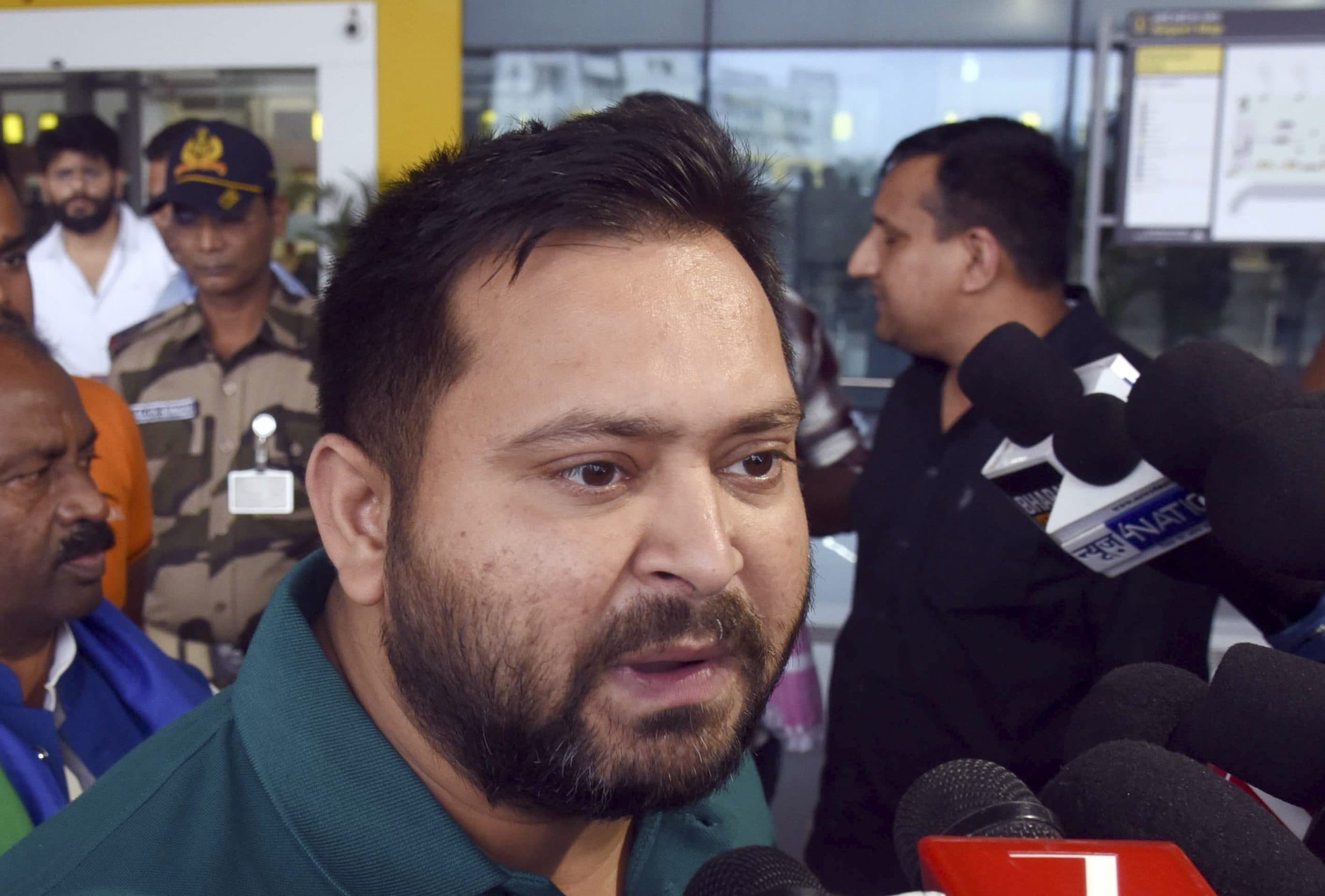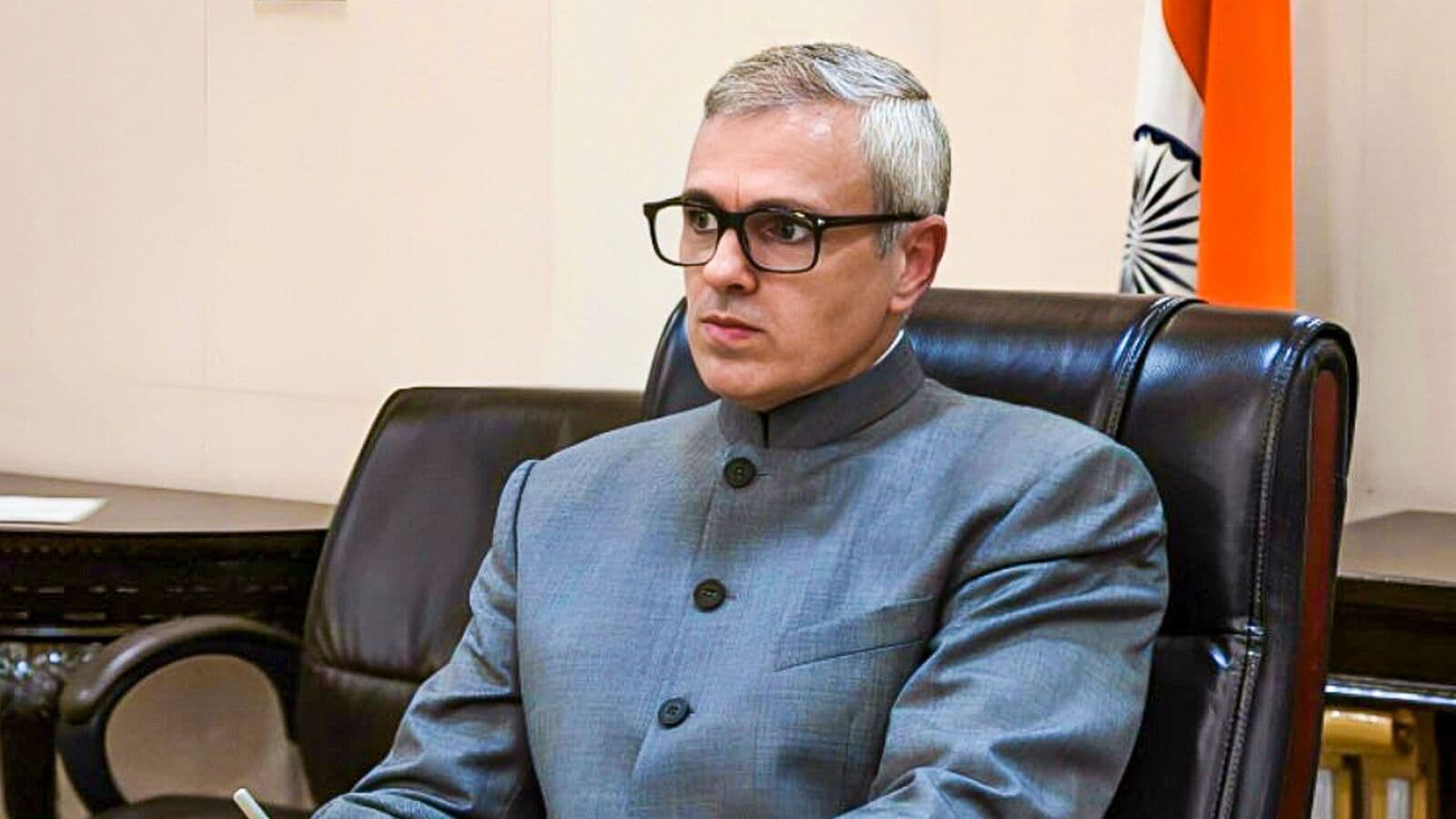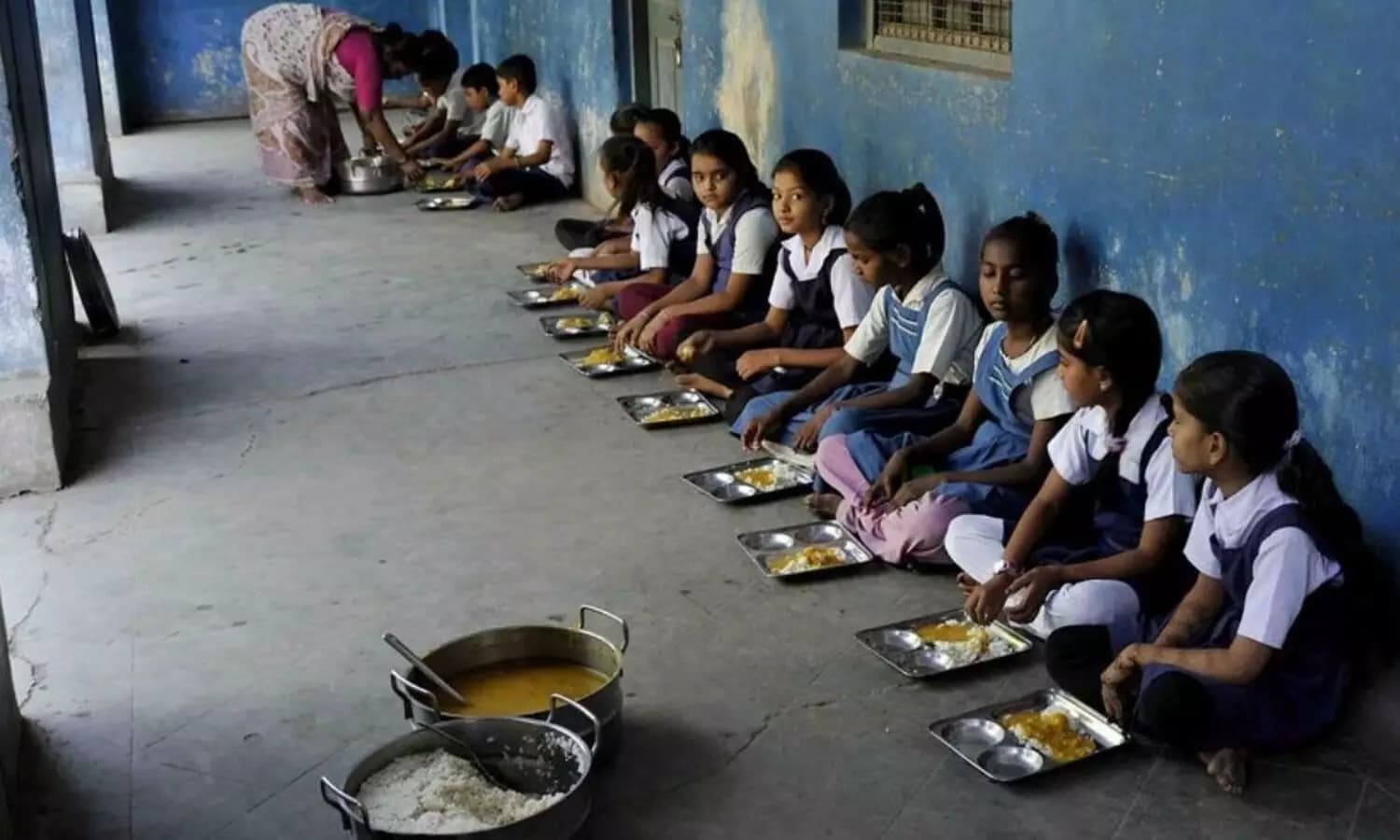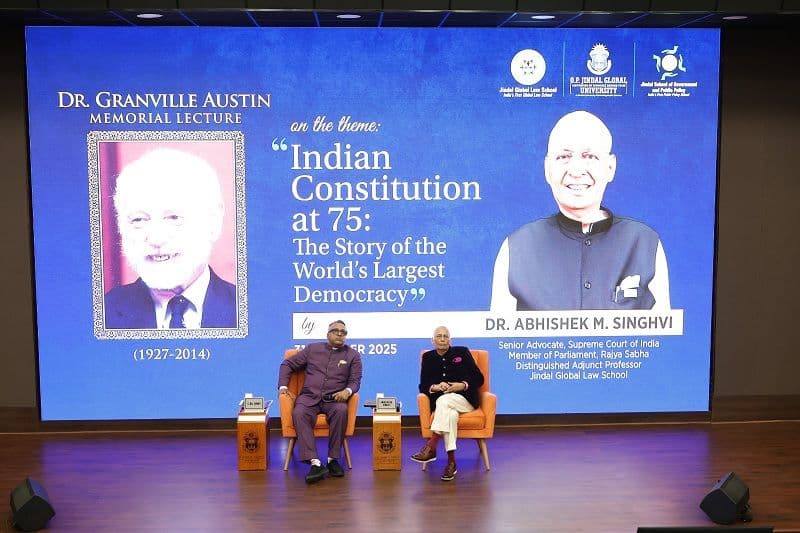The sacred annual Rath Yatra in Puri, Odisha, a festival drawing millions, was tragically marred on June 29, 2025, when a stampede near the Gundicha Temple claimed three lives and left 50 devotees injured. This devastating incident serves as a stark reminder of India’s persistent struggle with crowd management at its numerous mass gatherings. The immediate impact of this tragedy is evident in the human cost and the swift, yet familiar, official responses that followed.
In This Article:
This event is not an isolated occurrence but rather the latest in a disturbing pattern of crowd crushes across the nation. Over the past 12 months, India has witnessed nine significant stampedes, with six of these occurring at religious gatherings. This alarming frequency underscores a critical national public safety challenge that demands urgent and systemic attention. The fact that the Puri Rath Yatra itself has a history of such incidents, including one death in 2024 and previous tragedies in 2008, 2010, 2011, and 2015 , highlights that the issues are deeply entrenched and not being effectively resolved, leading to a predictable cycle of preventable disasters.
The Puri Rath Yatra Horror Unfolds
The stampede in Puri unfolded between 4 and 5 AM as thousands of pilgrims had gathered to witness the rituals. The incident resulted in three confirmed deaths and at least 50 injuries. The tragedy occurred near the Gundicha Temple, specifically at Saradha Bali, an area with a limited capacity of 5,000-6,000 devotees that was reportedly hosting approximately 20,000 people at the time.Eyewitness accounts painted a picture of “utter confusion and mismanagement”. Local resident Swadhin Kumar Panda recounted that a “new way was made for VIPs, and common people were asked to exit from a distance,” inadvertently forcing general attendees to use the entrance for exit, which significantly exacerbated congestion.
In response to the tragedy, Odisha Chief Minister Majhi expressed “deep remorse,” announced financial aid of Rs 25 lakh (approximately $30,000 USD) to the families of the deceased, and pledged “strict action over any lapses,” emphasizing that the negligence was “unpardonable”.
Immediate actions included the suspension of Puri DCP Bishnu Charan Pati and Police Commandant Ajay Padhi, along with the transfer of the District Collector and SP. Law Minister Prithiviraj Harichandan affirmed that the government had “already taken prompt action against negligence”. However, opposition leaders, including Congress President Mallikarjun Kharge and Rahul Gandhi, strongly criticized the Odisha government for “serious lapses in crowd management” and demanded a “thorough probe,” underscoring the imperative to prioritize public safety at large religious gatherings.
India’s Deadly Cycle: A Year of Crowd Crushes
The Puri tragedy is unfortunately part of a broader, alarming trend that has seen India grapple with a series of crowd disasters. In the 12 months leading up to June 2025, the nation experienced nine major stampedes, with six occurring at religious gatherings. This pattern reveals a pervasive national vulnerability to crowd-related incidents, extending beyond just religious fervor to encompass various public events.
The major stampedes recorded across India from July 2024 to June 2025 include:
| Location | Date | Type | Deaths | Injuries | Key Contributing Factor(s) |
|---|---|---|---|---|---|
| Hathras,Uttar Pradesh | July 2, 2024 | Religious | 121-123 | 150+ | Overcrowding (250k for 80k permit), lack of exits, rush to touch guru’s feet |
| Puri, Odisha | 2024 | Religious | 1 | – | Crowd mismanagement |
| Hyderabad, Telangana | Dec 4, 2024 | Non-Religious (Film Premiere) | 1 | Several | Fans rushing to glimpse celebrity, poor theatre management |
| Tirumala Hills, Andhra Pradesh | Jan 8, 2025 | Religious | 6 | Dozens | Jostling for tickets, gate opened by police, inadequate management |
| Maha Kumbh Mela, Uttar Pradesh | Jan 29, 2025 | Religious | 30+ | 60-200+ | Overcrowding, broken barricades, closed bridges, VIP movement |
| New Delhi Railway Station | Feb 15, 2025 | Non-Religious (Pilgrim Transit) | 18 | 15 | Overcrowding, train delays, platform confusion, slipping on bridge |
| Goa Sri Lairai Devi Temple | May 3, 2025 | Religious | 6 | 80-100 | Overcrowding on narrow path, poor planning, unruly behavior |
| Bengaluru, Karnataka | June 4, 2025 | Non-Religious (IPL Celebration) | 11 | 47-56 | Overwhelming crowds, poor planning, narrow gates, fear of missing out |
| Puri Rath Yatra, Odisha | June 29, 2025 | Religious | 3 | 50 | Overcrowding, mismanagement, VIP way, thin police, ritual trucks |
The data confirms the high frequency of stampedes, with a significant majority occurring at religious sites. However, the diversity of incidents, ranging from religious festivals to sports celebrations and transit hubs, points to a deeper, nationwide vulnerability to crowd disasters. The Hathras incident, with its staggering 121-123 fatalities, stands out as a particularly egregious example of extreme overcrowding and mismanagement.
Furthermore, the New Delhi Railway Station tragedy, while not a religious gathering itself, involved pilgrims returning from the Maha Kumbh. This connection reveals a critical interconnectedness: failures at one mass event can cascade into tragedies at seemingly unrelated public infrastructure, indicating a profound deficit in integrated planning and coordination across different public services and event types. This suggests a broader, nationwide challenge in crowd management expertise and infrastructure that extends far beyond individual event venues.
Unheeded Warnings: Calls for Systemic Reform
The recurring nature of these tragedies has led to widespread criticism of authorities and a recognition of persistent lapses in crowd management. Security experts and devotees alike have criticized police for failing to anticipate crowd surges and for lowering their guard after initial successful phases of events. A retired police DSP, Sahadeb Mohanty, articulated that “restricted space combined with inadequate crowd management created a perfect storm for disaster”.
The consistent theme in political and expert commentary is “inexcusable” negligence and mismanagement. A fact-finding committee investigating the Goa stampede explicitly concluded it was “entirely preventable,” citing “poor planning, lack of enforcement, ignored directives and inadequate infrastructure”. Experts also point to a “lack of detailed planning and coordination, limited facilities, budget issues and even societal and religious pressure to hold religious events” as contributing factors to this pervasive unpreparedness. A particularly concerning observation is that “government bodies… are frequently over-ruled by politicians who seek to use religious gurus and their organisations as possible vote banks”. This suggests that political considerations can sometimes overshadow public safety imperatives.
In light of these repeated failures, numerous solutions and recommendations have been put forth. Congress leader Randeep Surjewala has called for “country-wide standard protocols for crowd management” by the Central government, adaptable to local conditions. He also suggested the formation of ‘state crowd safety task forces’ (SCSTF) for events with over 50,000 attendees, comprising members from various departments. Technology integration is consistently recommended, including the compulsory use of AI, drones, crowd simulation, CCTV cameras, and control room monitoring for real-time crowd monitoring. Event categorization (Green: <10k, Orange: <50k, Red: >50k) with corresponding protocols and mandatory pre-event clearances is also proposed.
The Unseen Scars: Psychological Impact
Beyond the immediate physical injuries and tragic fatalities, stampedes inflict profound and often long-lasting psychological damage on those affected. Survivors frequently experience Post-Traumatic Stress Disorder (PTSD), characterized by debilitating anxiety, intrusive flashbacks, recurring nightmares, and a pervasive fear of crowded places. This mental health burden is a critical, yet frequently overlooked, dimension of these catastrophes.
Experts in crowd psychology highlight how collective human behavior can escalate chaos. Factors such as “deindividuation,” where individuals lose their sense of self in a large crowd, “cognitive overload,” making it difficult for the brain to process information effectively, “optimism bias,” leading individuals to underestimate risks, and “social influence,” where people mimic the actions of those around them, all contribute to impulsive and sometimes irrational behavior and the rapid spread of panic in large gatherings.
Prioritizing Human Safety
The recurring cycle of stampedes in India, starkly exemplified by the recent tragedy at Puri and the eight other major incidents over the past year, demands an urgent and comprehensive overhaul of crowd management strategies. The consistent pattern of overcrowding, inadequate infrastructure, and operational failures points to a systemic vulnerability that can no longer be ignored. Only through such concerted and sustained efforts can India ensure that its cherished religious gatherings and other large public events are celebrated safely, without the recurring shadow of preventable tragedies.
By – Sonali




